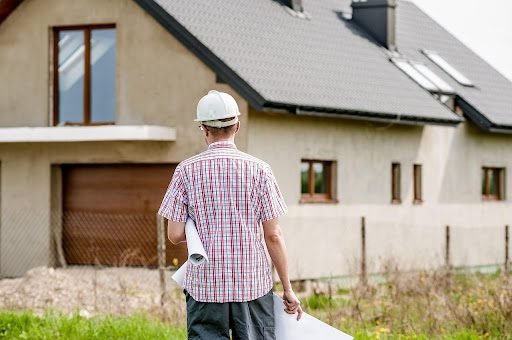Last Updated on February 28, 2023 by admin
Getting professional building inspections is a part of buying and selling property in Australia. Buyers need them to reassure themselves that they’re going to get what they pay for, and sellers need them in order to boost buyer confidence and secure strong offers.
If you are a seller, and you know you have an inspection coming up, what should you do to prepare for it? We’ve prepared a list of things to do below that will hopefully help make the whole process easier and less stressful.
Table of Contents
1. Ensure All Interior Inspection Areas Are Accessible
When an inspector comes, they’re going to want to check a number of key areas, including your roof space, floors, walls, ceilings, doors and door frames, cabinets, stairs, handrails, extensions and more. The best thing to do to get ready for the interior inspection is to clear out as much of the clutter as possible to allow easy access to all areas and maximum visibility of all these things.
The more of your furniture and other belongingings that are in the way, the harder it will be for the inspector to do their job and hopefully land on a favourable verdict. It might be a pain to declutter the space, but it needs to be done anyway if you’re going to pack and move out.
2. Clear the Exterior Perimeter to Make Inspection Easier
The outside of your home also needs to be clear and accessible and visible to the inspector. Therefore, clearing out any excess plant growth, as well as moving trash cans and other obstacles from the immediate perimeter is a good idea.
The inspection will include checks on exterior walls, linings, the roof exterior, guttering, drains, retaining walls, patios, balconies, outside steps, paving, windows, and garages, so these are the places you need to ensure are fully visible.
3. Replace Light Bulbs
When inspectors see burnt-out bulbs, they will know that it’s due to two possible reasons: the bulb has blown by itself, or there’s a problem with the electrics in the house. While the first one may seem obvious to most of us, the inspector has to look into both. So, replacing all the bulbs in all locations in your home and showing that they are working properly will give the inspector no immediate indication of such urgent electrical problems.
That’s not to say having all your bulbs working means they won’t check your electrical wiring more closely. It just means they won’t have any immediate cause for concern, which is good for you.
4. Check the Plumbing is Working Normally
You should go through the property and check that all the plumbing fixtures are working as they should be. This means that taps run without leaking when you turn them off and stop without dripping when you turn them off. It means that toilets flush, that sink and bathtub drains take water down at the appropriate rate, that showers are working properly, and that there’s no problem with any outdoor water supplies to hose pipes and whatnot.
If you find clogs, leaks or other problems in your plumbing, it would be good to get them fixed before the inspection. Otherwise you’ll have to pay for 1 inspection, get them fixed, and then pay for another inspection to confirm!
5. Label the Fuse Box
If you go to your home’s main fuse box, do you know which switches control what? You’re supposed to! Ensure that every switch on the board is labelled properly and that anyone could clearly read and understand what each switch does. It’s a simple task to get done but can cause big problems with inspectors if you don’t get it done.
Read more interesting articles at Readesh





















